Timing is everything – and never more so than when it comes to blending wines. So how do winemakers decide when to do it? And is it better to blend early or later in the winemaking process? Stephen Brook reports

At what point is a wine final? The purist would argue that only when the cork has been driven into the newly filled bottle is a wine truly definitive. In the real world, the wine trade, if not the consumer, needs to assess the quality of a newly fledged wine.
At Château Climens, in Sauternes, the final blend is not composed until at least a year after harvest. Any visitor to the estate before then is welcome to taste the wine, but must spend an hour tasting individual barrels, each representing a different variety or time of harvesting. (So those wine critics who assign a score to Climens at this stage have remarkable powers of prophecy, since not even the winemakers know what the final wine will be like.)
The most complex blend of all is Champagne, where sometimes dozens of wines, including reserve wines, need to be blended before secondary fermentation can take place. In Bordeaux too, the blend is usually made early but it would be perilous to describe the infant wine as definitive.
Thus there are two basic approaches, especially for red wines. One is to blend the wine early, which in practice means once the malolactic fermentation has been completed. In Bordeaux, this would be in February or March following the vintage. Blending at this stage also ensures – dodgy practices apart – that the trade and press have a uniform blend to taste and judge during the all-important en primeur week. (That’s the theory. Consultant oenologist Stéphane Derenoncourt has imprudently admitted that en primeur samples are sometimes tweaked to give them greater appeal. Pragmatism or deception?)
Claire Villars Lurton owns two classed growths in the Médoc – Ferrière in Margaux and Haut-Bages- Libéral in Pauillac – and employs Jacques Boissenot and now his son Eric as her consultant oenologist, as do three-quarters of all classed growths. ‘We blend early to give wines that are better balanced,’ she says. ‘Press wines, made by pressing the skins once the alcoholic fermentation is finished, will be kept separately, as they can be coarser, but they can also add structure to the final wine. Eric and our team will assess the press wines a few weeks later and select the best barrels. After their malolactic fermentation is finished, usually in January, we’ll make up our blends and decide how much press wine to include. It’s usually about 12% of the final blend. We’ll rack in February and then assemble our final blend. In some vintages I have kept aside one barrel from each lot that went into the grand vin, and when I blend them at the end of the élevage I find the quality is never as good as the wine that’s been blended early.’

It’s all in the timing
The second approach is to keep the various parcels separate until the barrel ageing (élevage) is completed. That way the winemakers can monitor the evolution in barrel of each grape variety and each significant block in the vineyards. Inferior or disappointing lots can be declassified into a second wine (if there is one) or sold off to wholesale merchants. This is the more labour-intensive choice, as a wide range of lots needs to be kept under surveillance for around 18 months or so. Michel Rolland, the master taster and blender of Bordeaux, has always favoured this approach.
At Pegasus Bay in Waipara, the Donaldson family are clear advocates of blending late. ‘It helps with experimentation,’ says winemaker Matt Donaldson, who typically ages 40 to 50 batches separately for the winery’s two Pinot Noirs, playing with 12 different clones, grapes picked at differing ripeness levels or seen different lengths of skin contact, and various types of oak. ‘The tasting process takes around six weeks, and we blend just before bottling – we believe this gives us the best chance of making the best, most balanced and complex wine.’
In practice the choice of when to blend is less stark. At Château Figeac, for instance, the blend is made up by March following the vintage. The team blind-tastes about 25 lots and decides on a few potential blends. These are bottled, and there is a further tasting a week later to find the wine with the greatest Figeac typicity. The arrival of Rolland in 2013 as a consultant will make no difference. Since 2009, the press wine has been blended in later, and they will continue to do this. Not all the wine is necessarily included in Figeac or Petit Figeac; thus in 2011 and 2012 a few barrels were sold to wholesalers or distillers.
Jonathan Maltus at Châteaux Teyssier and Laforge doesn’t make a firm choice between early and late blending. ‘Bordeaux talks terroir but it’s all about blending,’ he tells me, ‘as we work with many different grape varieties. How to blend is the first thing a new owner or winemaker in Bordeaux needs to learn. I’d say it took me about eight years to get the hang of it.
‘All our wines are blended before the en primeur tasting in late March. But it probably reflects about 85% of the final blend. Before bottling we’ll pull out samples and may adjust. For a start we need to determine how much press wine, which is kept apart, to use. And there may be some unsatisfactory barrels of Laforge that we decide to put into Teyssier. Our top wines aren’t tweaked a great deal as the volumes are small. I’d defend this way of doing things as in some vintages – and 2012 is a good example – the wines can change dramatically during the élevage. If we had made our definitive 2012 blend in March 2013 it would have been a big mistake.’
Nobody ever talks about the practice of blending in other vintages, but it’s perfectly legal, in Bordeaux as in California, to blend in 15% from a different year. Characteristically, Maltus doesn’t shy away from admitting that this is something he will occasionally do: ‘If the year gives you a somewhat disappointing wine and you have some richer lots from the following vintage, then by blending in a bit of the latter you can improve the mid-palate and end up with a better wine.’
Like Maltus, the Moueix family of Pomerol and St-Emilion do not like to rush the blending process. Edouard Moueix admits that the wine shown during en primeur week is not final. ‘It’s very close but not definitive,’ he says. ‘In May we will rack the wines again and decide on what will be 99% final. The only element still uncertain is the incorporation of press wine, as we need to see how it develops in barrel. I know our friends in the Médoc like to make their final blend no later than March, but I’m not convinced that’s the best solution. I remember showing our 2010s to our staff in February after the vintage and they were horrified. The wines didn’t express anything and we wondered whether our earlier enthusiasm about 2010 was misplaced. Then a few weeks later the wines opened up and we realised their superb potential. If we’d based our blending on how the wines showed in February, we could have made some serious mistakes.’

Each to their own
In Burgundy, too, there is no uniform practice. At Domaine Dujac everything is blended as early as possible, so that a consistent cuvée goes into barrel. Of course, barrels differ in their age and provenance, and since the wine in each barrel will develop differently, a second blending is required. The barrels will be racked into tanks, the contents of which will be blended so that once again a uniform cuvée emerges. The wine is then ready for bottling. Although if an individual barrel developed poorly it would doubtless be eliminated from the final blend, the intention at Dujac is to bottle everything within its category. Thus all the Morey-St-Denis village wine will be blended and bottled, and the same would be true of their Charmes-Chambertin.
Other Burgundy estates might take a different approach. At Clos des Lambrays, the 8.6ha grand cru in Morey-St-Denis recently purchased by LVMH, there are inevitably significant differences between parcels in terms of vine age or clonal selection. Hence the domaine will follow the Bordelais practice of releasing a second wine from the deselected lots. Here the wine is labelled as Les Loups, Morey-St- Denis Premier Cru. Les Loups is an invented name for a wine blended from lesser lots of the Clos and the hectare or so of premier cru vines that form part of the domaine.
At the Domaine de la Romanée-Conti, the larger grands crus need to be vinified in two or three vats, but are then blended before the wine goes into barrel. But the approach is pragmatic. Aubert de Villaine says the blending of a vat would be delayed ‘only if, for some reason, we had doubts about its level of quality’. In such cases the vat, or its contents, would be set apart and assessed later. Wines from young vines are also handled in this way, as such vats would not end up being bottled as grand cru, but declassified into its Vosne-Romanée premier cru cuvée called Duvault-Blochet.
It’s clear that the Burgundians take a more pragmatic view than most Bordelais, and not only because they are free from any pressure to show ‘final’ blends for en primeur tastings. In the UK, importers do show their Burgundies to the press and to customers during the second January after the vintage, but by then most whites have been bottled and many reds will be bottled within a few months of these tastings. Jacques d’Angerville of the Domaine Marquis d’Angerville in Volnay admits: ‘We have no real rules. With a larger cru, we’ll vinify three or four vats separately, though I will decide which grapes should go into which vat. After the malolactic fermenation we’ll rack, and at that point may blend a cru – but then we may not. We’ll usually set young vine vats aside. Any lots we’re not happy with will be declassified into Volnay premier cru, Volnay village or even Bourgogne.’
Spoiled for choice
Burgundians are generally working with small volumes of wine. In California or Australia, the winemaking, even of top wines, can seem on an industrial scale in comparison. Beringer makes its Private Reserve Cabernet Sauvignon from a number of vineyards, and production averages 10,000 cases. Winemaker Laurie Hook says potential volume from the selected vineyards is 30,000 cases. Everything is vinified as a candidate for the final blend, but there is a constant process of declassification.
‘The advantage of being a larger winery,’ says Hook, ‘is that we have access to up to 100 lots of wine. We taste after fermentation is completed, and then daily during the ageing in barrels. We declassify as we go along. There are always surprises, so it helps to work with a larger palette of barrels. We may do a pre-blend and refine later into the final blend. It’s all based on tasting. We’re lucky that the accountants don’t tell us how much to make. In 2010, for example, we only made 5,000 cases of Private Reserve.’
Blending is, then, a pragmatic operation, and winemakers like to retain an element of flexibility. The goal, however, is the same: to make the best possible wine each year.
Translated by Liu Xiang / 留香
All rights reserved by Future plc. No part of this publication may be reproduced, distributed or transmitted in any form or by any means without the prior written permission of Decanter.
Only Official Media Partners (see About us) of DecanterChina.com may republish part of the content from the site without prior permission under strict Terms & Conditions. Contact china@decanter.com to learn about how to become an Official Media Partner of DecanterChina.com.


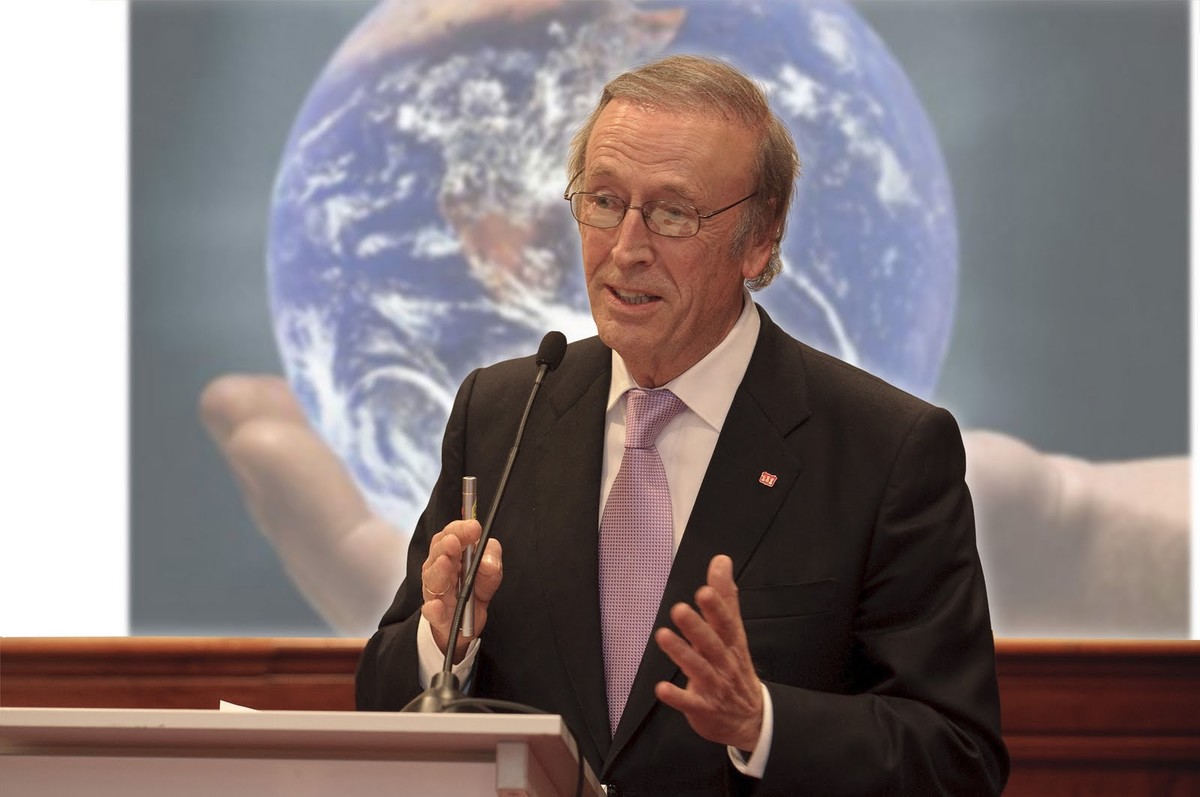
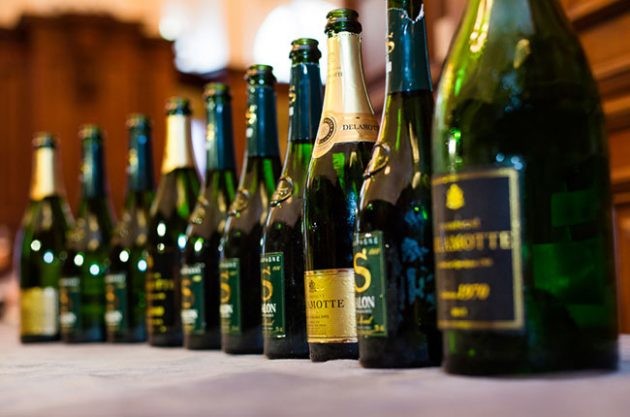


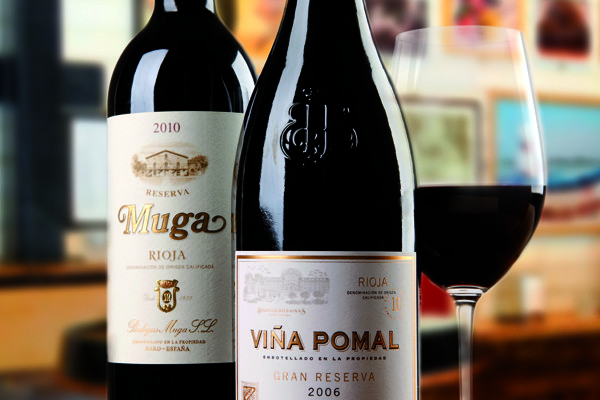
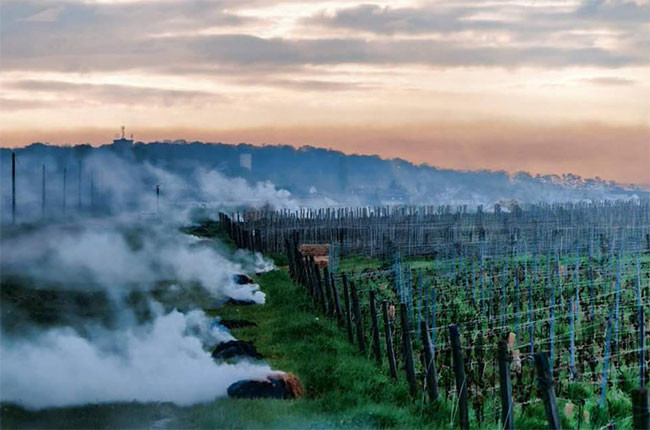
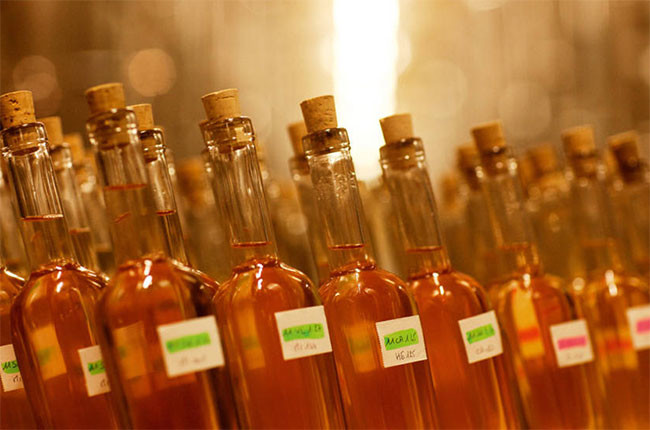
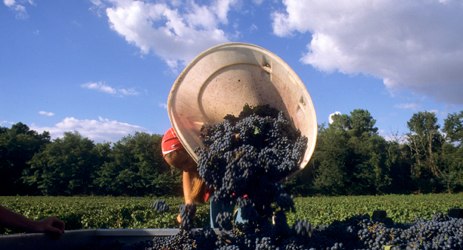
Comments
Submit